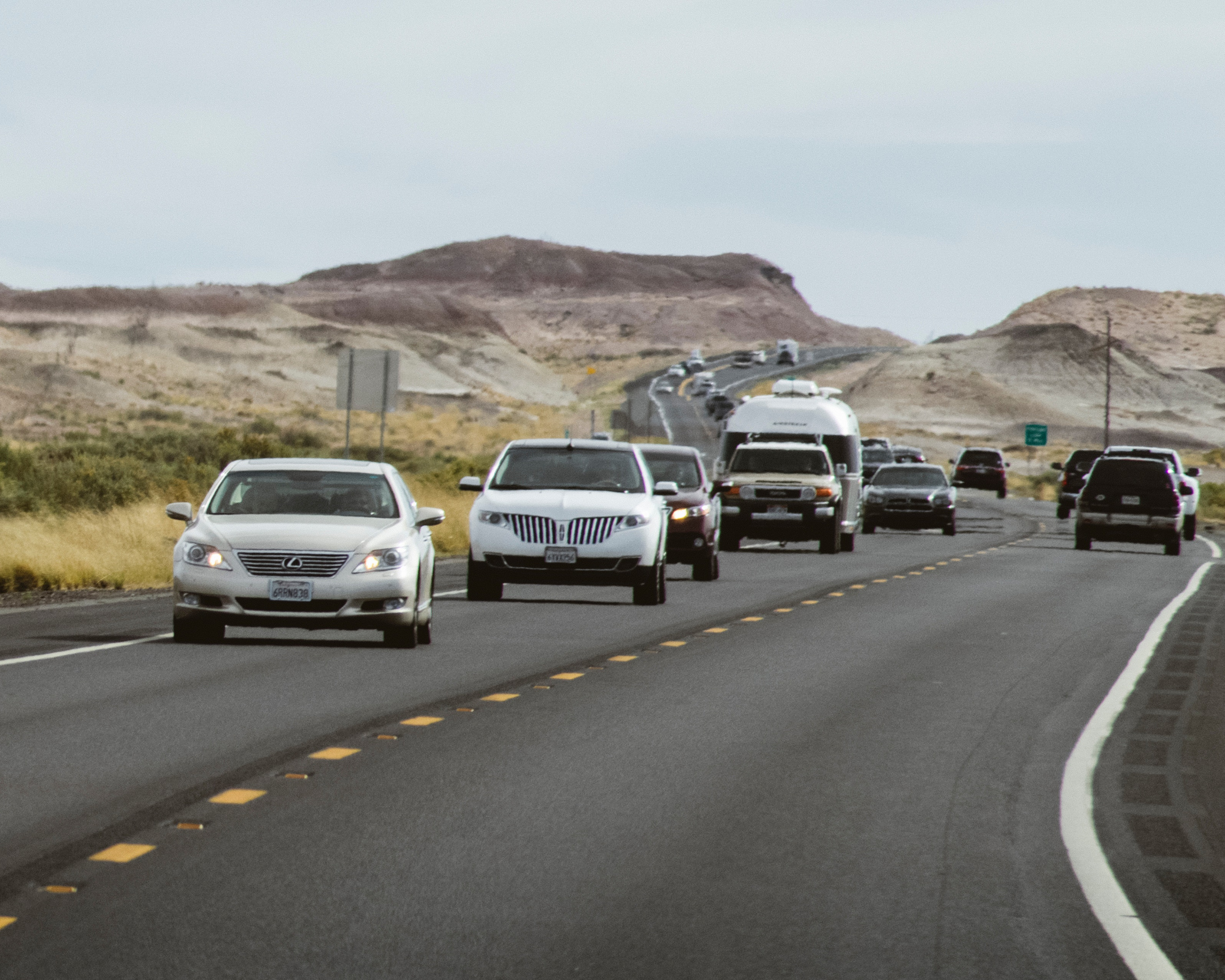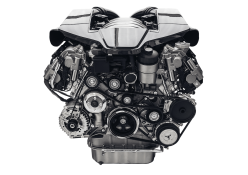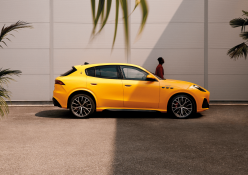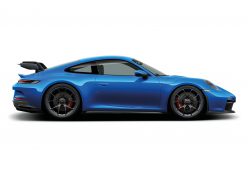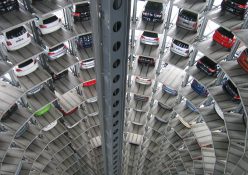The prices of second hand cars have steeply increased since the first COVID-19 lockdown, but some models stand out from the crowd
We’ve received the latest data released by automotive classifieds portal Cars.co.za, and online car dealer and pricing experts getWorth that reveals which brands and vehicles are driving prices upward in the South African used-car market. By and large, South African car buyers are deeply brand loyal and purchasing a car with the right badge could serve you well come resale time. In stark contrast to what we are seeing in the used-car market today, during the four years leading up to the first COVID-19-related lockdown, all used-car price categories (limited to cars 2010 and newer, with list prices below R800 000) had displayed steadily and gently falling prices. Since the first lockdown, however, and particularly since around August 2020, the normal downward trend has reversed and prices of used cars in this segment have risen steeply although not by the same margin across the board. ‘More recently, prices have started to stabilise, particularly in the very important R200 000 and R300 000 bracket,’ says Colin Morgan, chief financial officer of getWorth. ‘There remains, however, some upwards momentum in the R400 000 to R600 000 price bands, while the top end has dropped in recent months. Interestingly, cars priced below R100 000 have not risen to the same extent, but this segment does tend to fluctuate more.’
And which brands are still seeing price growth? ‘Bakkies are really important within the price-growth context,’ says Cars.co.za’s consumer experience manager Hannes Oosthuizen. The Toyota Hilux, Ford Ranger and Isuzu D-MAX/KB are consistently achieving Top 10 positions based on vehicle requests (leads) on Cars.co.za, and the demand for these vehicles is fuelling further growth. ‘The most recent data shows that prices for Toyota and Isuzu, in particular, have continued to rise, but that Ford is starting to stabilise.’ ‘Indeed, single-cab and double-cab bakkies have both shown strong price growth since the first lockdown, but while single-cabs are still edging upwards, double-cabs have started to flatten off, says Colin. Brands such as Kia, Renault and Hyundai are edging closer to pre-lockdown levels, while Nissan, Volkswagen and Mercedes-Benz are showing stronger growth relative to 2019.Reflecting the general trend away from sedan vehicles, this body type has shown the lowest increases and actually still sits below 2019 levels.
The vehicle types that most sedan buyers are shifting towards – SUVs and crossovers – are showing slight promise of growth. In recent years, sales volumes of traditional D-segment luxury sedans (such as the Audi A4, BMW 3 Series and Mercedes-Benz C-Class) have plummeted in the new-car market, however, the 3 Series and C-Class, in particular, remain highly popular in the used-car market. The data used in this analysis is not based on a general used-car market inflation index. ‘Average used-car prices tend to rise,’ says Colin. ‘New, more expensive cars enter the market and older, cheaper ones leave.’ The data used here aims to provide a ‘like-for-like’ index, using publicly listed retail prices of actual used cars in the market. For example, it shows the price change for a 2016 Toyota Hilux with 30 000 km a year ago and a 2016 Hilux with 30 000 km today, not a Hilux with 45 000 km today.
Words by Damian Adams
Photography: Pexels



